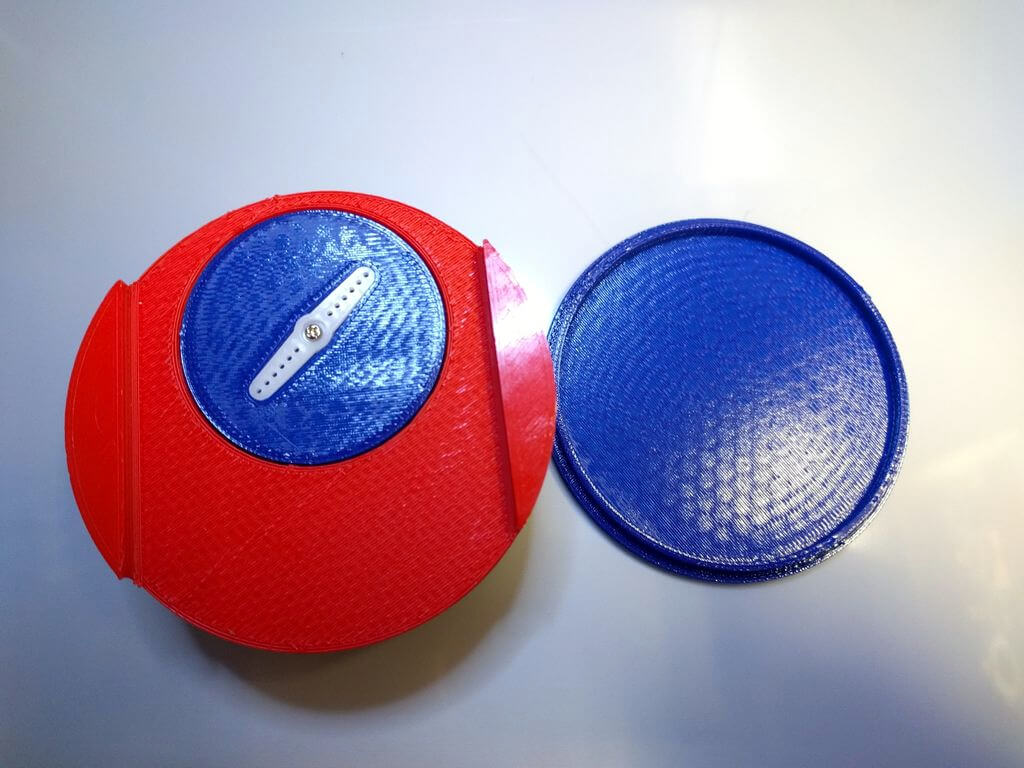Sleepy computer getting on your nerves? Then perhaps the mouse wiggler is the over-engineered solution to your first-world problem.
There are folks out there who get irritated by their computer going to sleep after long periods of inactivity. The Mouse Wiggler is a fun, wacky contraption, and perhaps something that Rube Goldberg himself might have devised.
If you’ve never heard of one before, a Rube Goldberg machine is a deliberately complex contraption designed to perform a very simple task.
As inventor ArtSuzhou explains:
“It is kind of annoying every time when the computer goes into sleep, especially when you are in the middle of a PowerPoint presentation, or working from home but supposed to appear available online all the time.”
So how does it work? The Mouse Wiggler will optically shake your mouse using an Arduino Nano and a micro RC servo.
A 3D printed unit sits underneath the mouse and rotates a printed grid left and right. This tricks the mouse into thinking that it’s moving, and in turn keeps the computer ever vigilant and ready to do your bidding.
Do You Need a Mouse Wiggler in Your Life?
Funny as it sounds, there are legit reasons for having a mouse wiggler. As opposed to say, tinkering with the settings on your PC.
The company you work for, for example, may have a draconian IT policy that forbids employees from changing PC settings. It sounds bizarre, but they’re out there.
On the flip side, installing custom drivers or software to disable the sleep option may expose your PC to unnecessary risk.
The mouse wiggler bypasses that problem, in that there’s no requirement to install custom drivers or software.
“It is ‘stealth’ and won’t violate the company IT policy or expose yourself to dangerous software.”
“This device simply simulates the physical mouse movement, there’s no App or driver to be installed,” explains ArtSuzhou. “So it is ‘stealth’ and won’t violate the company IT policy or expose yourself to dangerous software.”
Place your mouse on top of the Mouse Wiggler and make sure the optical sensor is on top of the wheel. Power the device up using a USB power adapter, and you’re good to go.
Interested in building one of your own? Visit the Instructables project page for step-by-step guidance and the bill of materials. Just don’t, you know, fall asleep on the job.

License: The text of "Mouse Wiggler Made with Arduino and 3D Printing" by All3DP is licensed under a Creative Commons Attribution 4.0 International License.